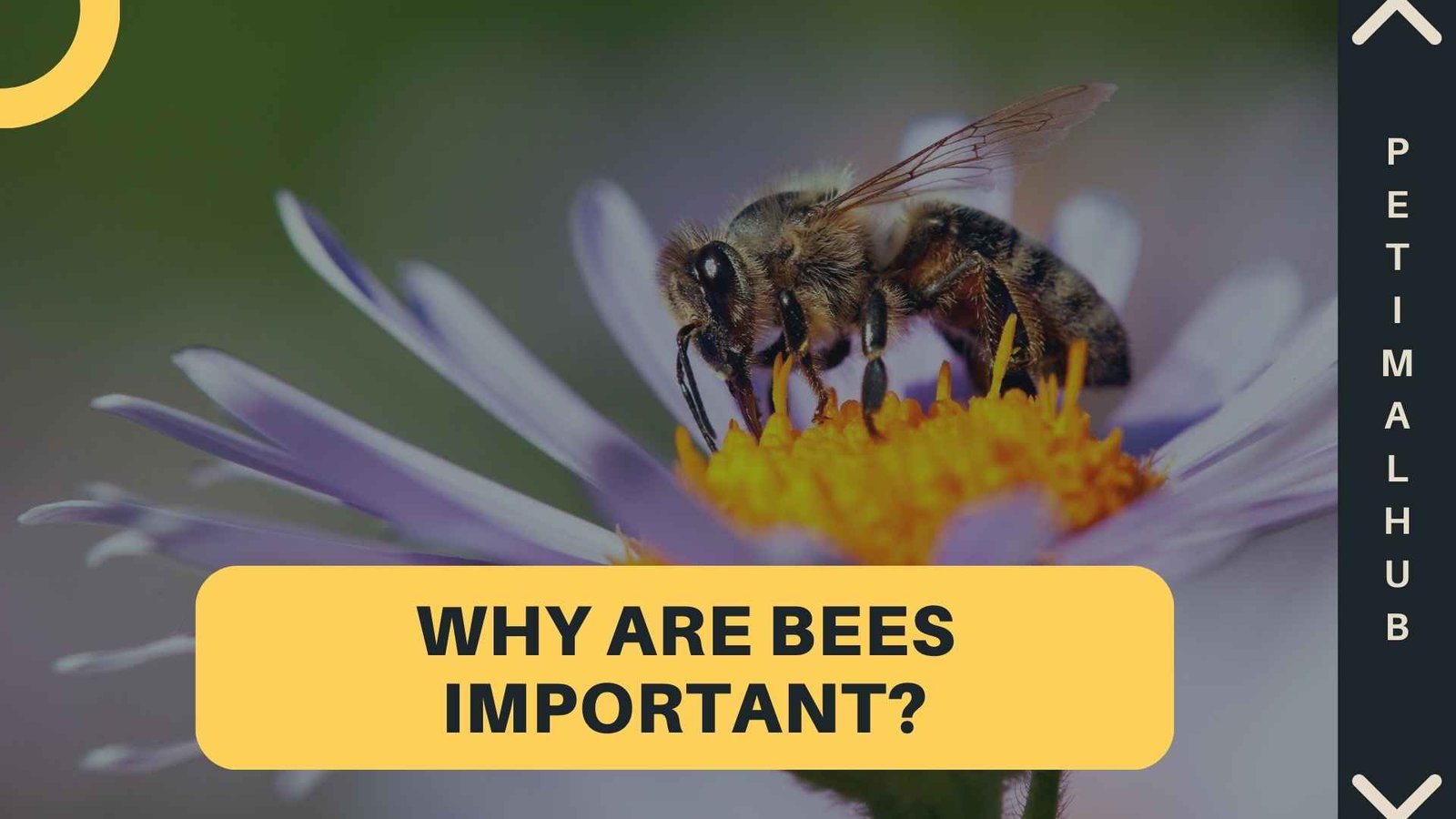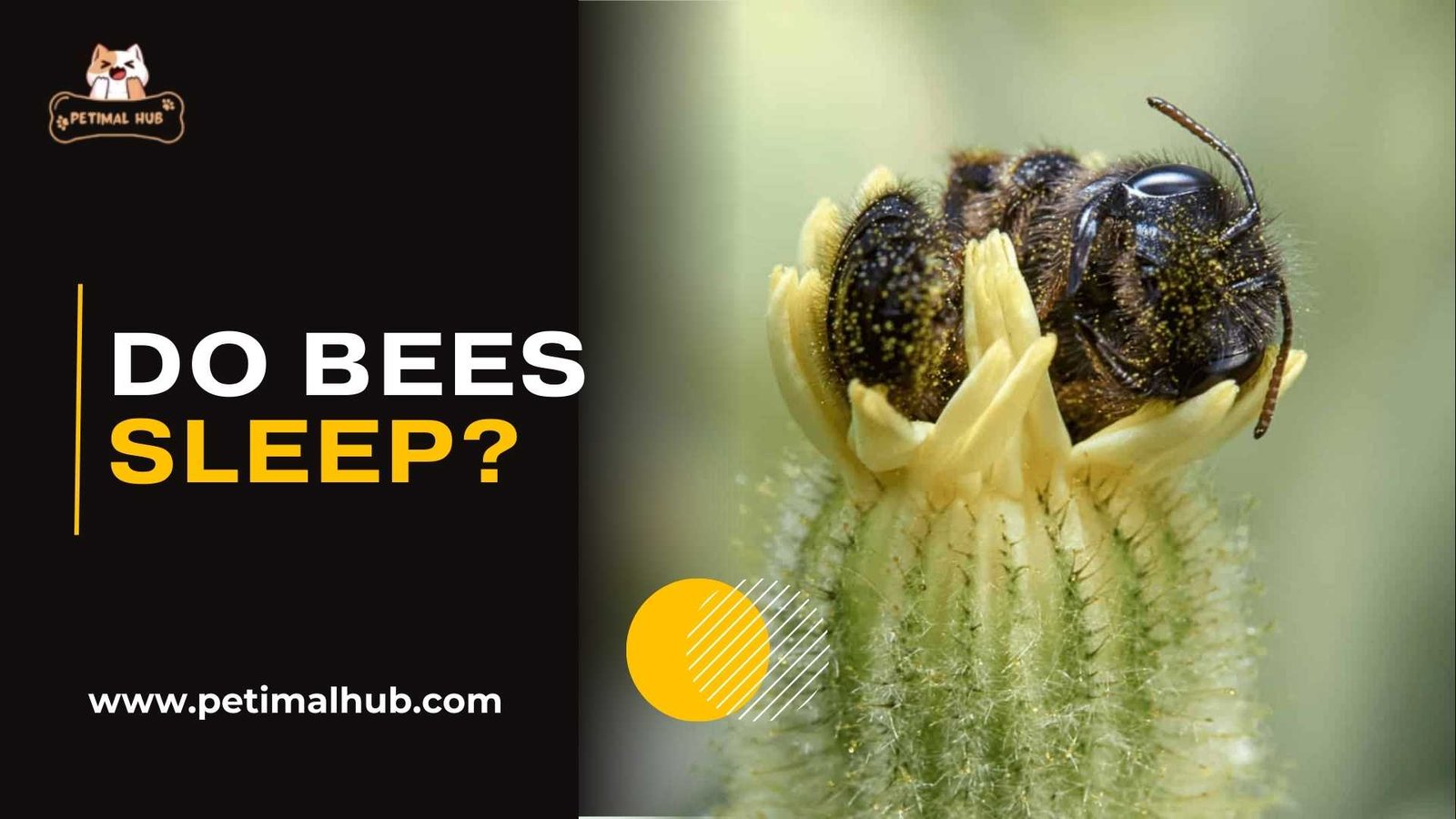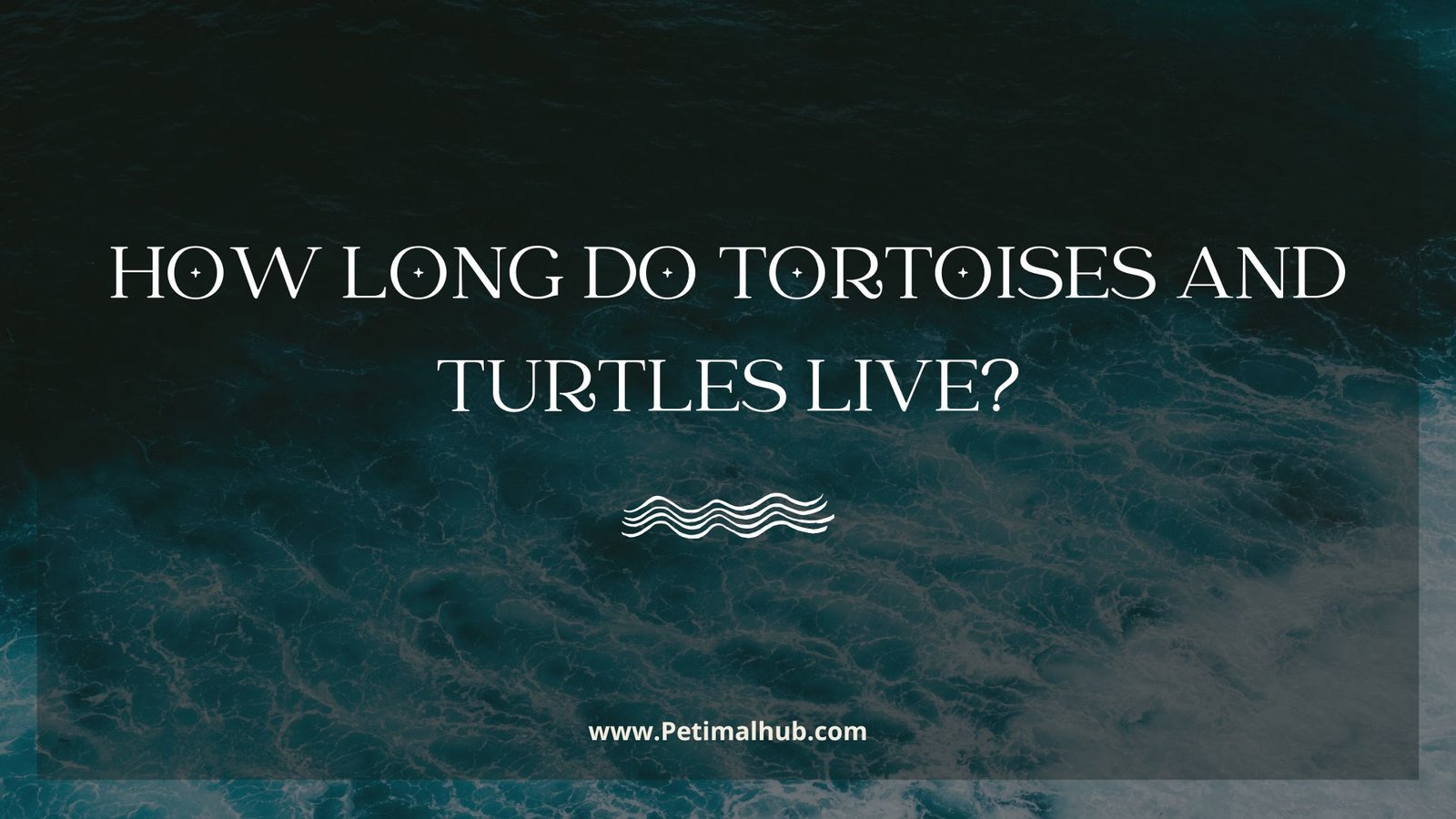
- Bee, Blog
How Long Can a Bee Live Without Food?
- October 23, 2024
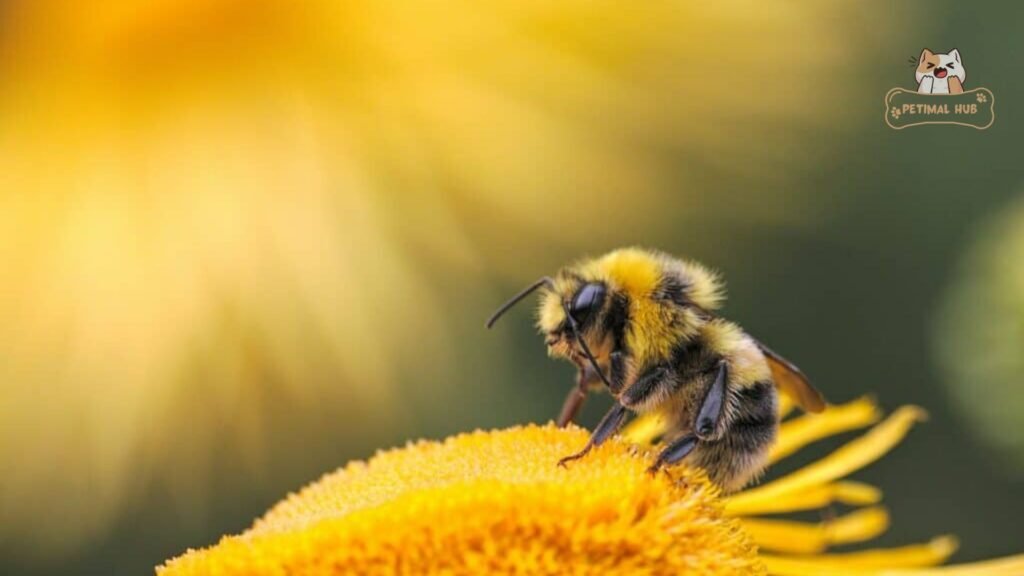
Bees are very hardworking creatures of nature and work very hard for pollination purposes in many of the plants raising crops of edible food. From the honey bee about which we hear a lot to lone types, bees flit about collecting nectar and pollen for feeding their colonies.
Table of Contents
ToggleThese bees lead a really very cautious dance of survival and live according to how much food is available. In this article, we will take a peek into the very interesting world of bees, learn about amazing bodies, what they need to eat, and the big question: how long can a bee live without food? Let’s uncover the secrets behind these small wonders of nature.
The Basics of Bee Nutrition

People think of bees, which are often associated with the bees that fly around in our gardens in search of nectar and pollen within flowers. Have you ever given any thought to what would happen if there were no food for the busy bees? This paper shall look at the astonishing world of bees and how they can survive without food.
With all these hardworking worker bees and the precious queen bee, we would be able to understand how long a bee can survive without food and how bees survive during the tough times.
The Role of Nectar and Pollen From Flowers
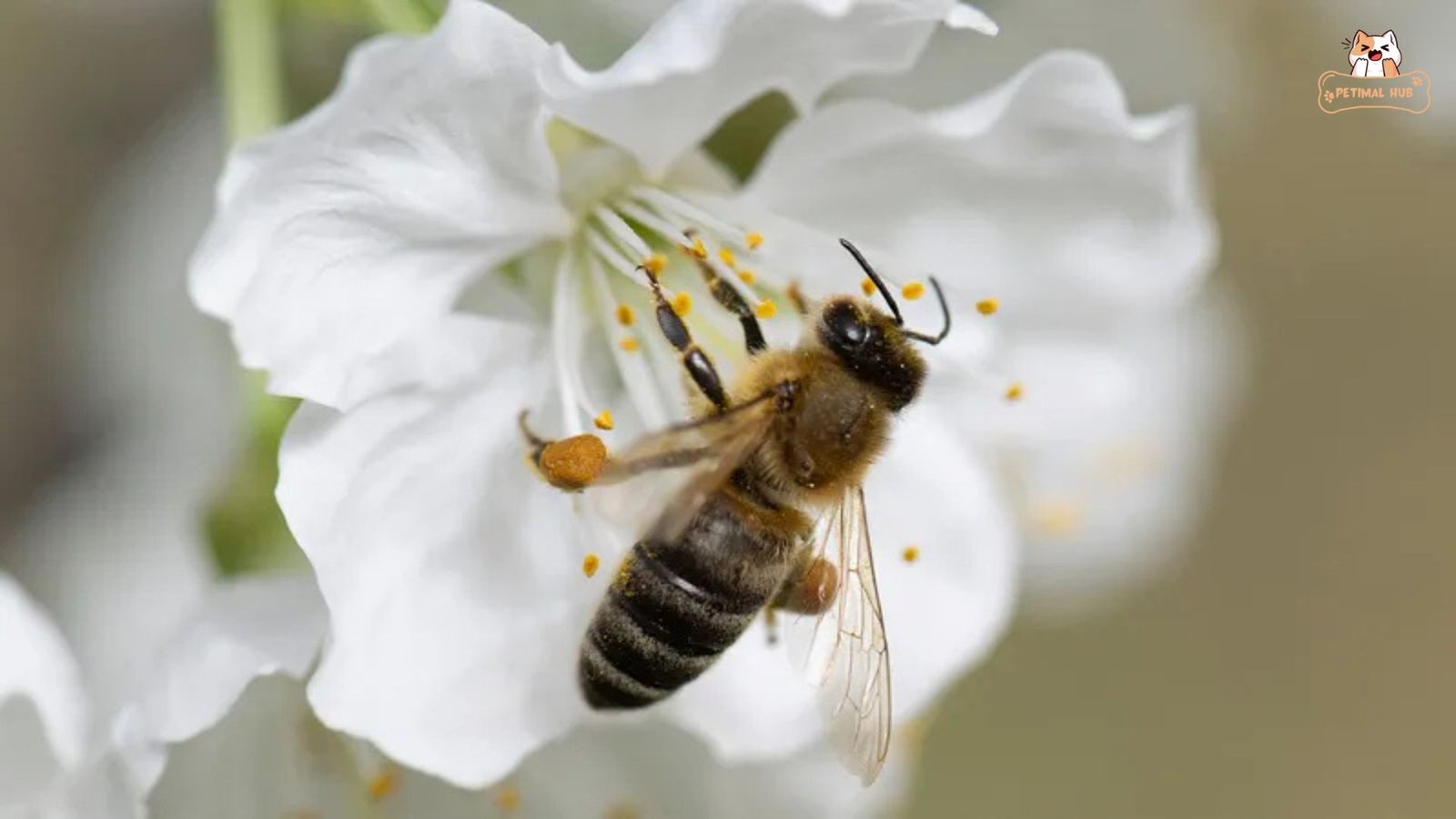
The collection of nectar and pollen proves to be pretty vital in bee colonies. These natures’ candies are not after-thought snacks for the bees, but they are something that enables them to survive. Nectar is a sweet liquid solution that plants produce to attract pollinators and forms an energy source for bees, thus enabling them to fly. A bee stores nectar in some specific compartment in its body called the honey stomach.
Pollens are smartly collected by bees. As the pollen is brought to and fro by them, it tends to stick to their hairy body and waits to be returned back to the hive. In this bee food, the pollen becomes “bee bread,” which is a nutrient-rich mixture forming one of the prime foods for the larvae of bees within the colony. Pollen contains essential proteins, fats, and minerals that are of utmost importance for the growth and development of bee larvae.
A Bee's Daily Diet

To maintain their health and to continue performing their very important role in the pollination of plants, bees need a special diet. Like any well-organized group, bee colonies have specific food needs and diversified jobs for their members.
Bee Type | Dietary Needs | Lifespan |
|---|---|---|
Worker Bees | Approximately 11 mg of sugar a day | About 6 weeks |
(foraging for nectar and pollen, | ||
maintaining hive temperature) | ||
Queen Bees | Special substance called royal jelly | Several years |
during development |
Surviving the Lean Times

In the world of bees, life is not always a bouquet of blooming flowers. Bees often find themselves facing periods when their primary food sources, nectar, and pollen, become scarce. During such lean times, these remarkable insects display their adaptability and resourcefulness, relying on a combination of strategies to endure.
Also, Read More: How Do Snakes Communicate?
One of the key factors that can influence a bee’s ability to survive without food is temperature. Cold temperatures can slow down a bee’s metabolism, allowing it to conserve energy and consume less sugar. Conversely, warmer temperatures may cause bees to use up their energy reserves more quickly. This relationship between temperature and energy consumption is a critical aspect of bee survival during food shortages.
The Impact of Temperature on Bees Health

The temperature is not merely a meteorological statistic in the world of bees; it’s a vital factor that significantly influences their energy consumption and, consequently, their survival during times of food scarcity. Bees are ectothermic creatures, which means their body temperature is primarily regulated by the external environment. As such, the temperature plays a critical role in determining how efficiently bees can conserve their energy reserves.
In colder temperatures, a bee’s metabolic rate decreases, effectively putting it in a state of energy conservation. This slowdown in metabolism allows bees to make the most of their limited energy stores when food sources are scarce. In contrast, warmer temperatures can push bees to burn through their energy reserves more rapidly. Therefore, a bee’s ability to endure without food is intricately linked to the prevailing temperature conditions, making adaptation to environmental changes a crucial aspect of their survival strategy.
Also, Read More: What Colors Do Bees Hate?
Health Matters

Honey bees‘ overall health is another pivotal factor that can determine how long they can live without food. Healthy honey bees, with ample energy stores, are better equipped to weather periods of food scarcity. These bees have the reserves needed to sustain them through lean times, ensuring they remain active and resilient.
Conversely, honey bees suffering from illness, injury, or other health issues may struggle to survive without a consistent food supply. In such cases, their weakened condition can lead to a more rapid depletion of energy reserves and, ultimately, a shorter lifespan without nourishment.
Strategies for Supporting Bee Populations

Now that we’ve delved into the intricate world of bees, their nutritional needs, and their remarkable survival tactics, let’s shift our focus to how each of us can play a crucial role in safeguarding these invaluable pollinators. Supporting bee populations is not only an environmental responsibility but also a way to ensure the continued flourishing of our ecosystems and food production.
These are important aspects to consider in our collective efforts to support and protect bees.
1 Planting Bee-Friendly Flora
- Choose colorful flowers like yellow, blue, and purple.
- Opt for native plants that bloom at different times.
- Create an inviting habitat for bees.
2 Providing Water Sources
- Set up a shallow dish with water.
- Add landing spots like pebbles or twigs.
- Ensure a clean and replenished water supply.
3 Avoiding Pesticides
- Use alternative pest control methods.
- Select bee-friendly pesticides if necessary.
- Follow label instructions for safe application.
4 Supporting Beekeepers and Pollinator-Friendly Farming
- Purchase local honey and bee-related products.
- Advocate for sustainable agriculture and reduced pesticide use.
- Promote wildflower strips near crops for forage.
The 24-Hour Deadline
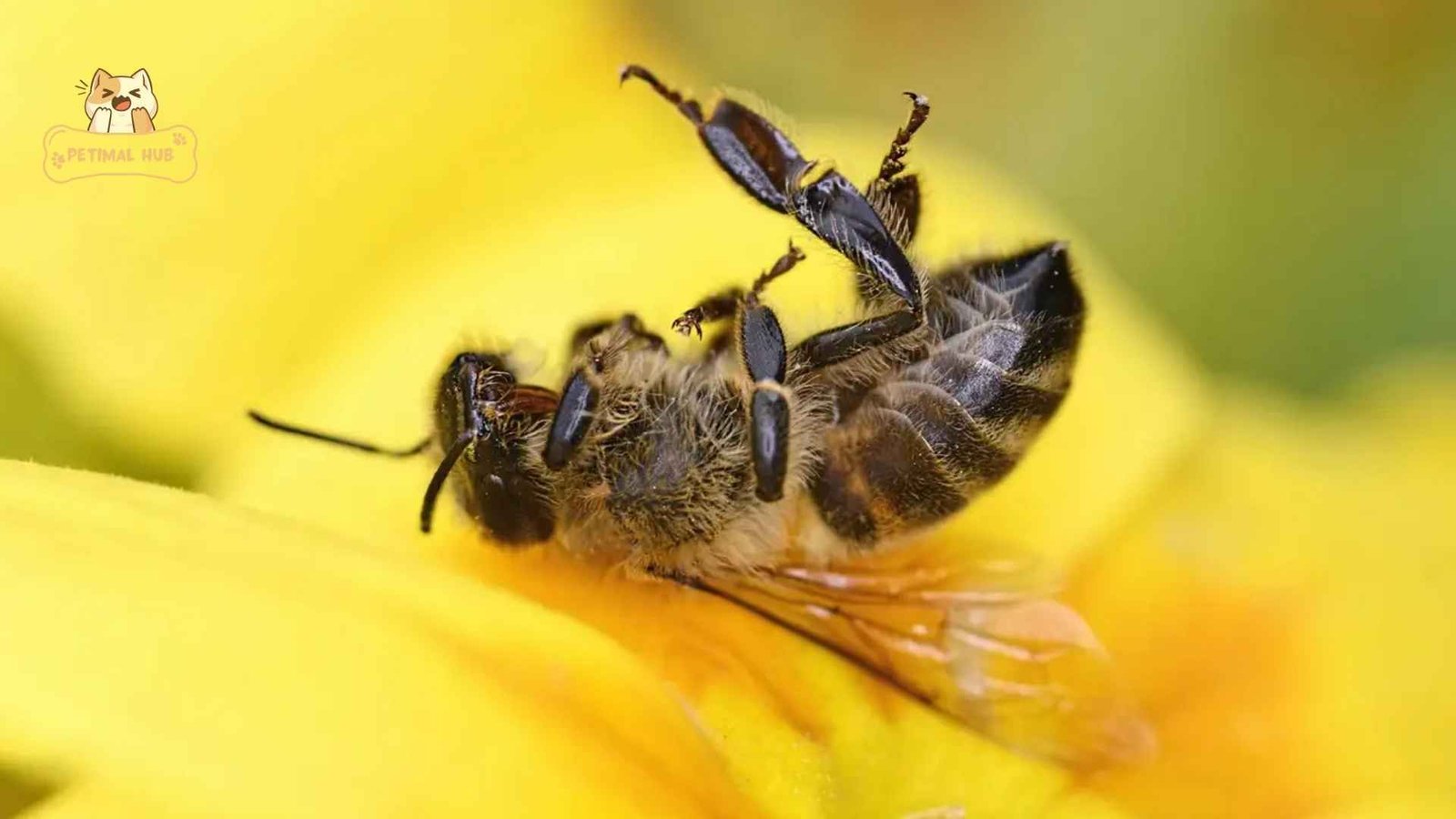
In the world of bees, time is of the essence when it comes to survival without food. These diligent insects, constantly on the move, have a rather tight window within which they must find nourishment to sustain their energy levels and avoid dire consequences.
As per research and observation, bees can typically survive for up to 24 hours without access to nectar and pollen. Beyond this critical time frame, their energy reserves become depleted, leading to weakness and, ultimately, death. This 24-hour deadline underscores the importance of a bee’s daily foraging routine and its dedication to collecting essential resources for the colony.
Conclusion
Bees, these remarkable pollinators, embody the delicate harmony of nature. From the diligent workers to the regal queens, they are essential in sustaining our ecosystems and food production. We’ve unraveled their secrets, from their nutritional needs to their adaptability during lean times.
Bees, like us, need nourishment and a conducive environment for survival. Supporting their populations isn’t just an environmental duty; it’s safeguarding our future. By planting bee-friendly flora, providing water, avoiding harmful pesticides, supporting beekeepers, and raising awareness, we actively contribute to their well-being. In nurturing these tiny marvels, we nurture life itself, recognizing that their survival is entwined with ours in the intricate web of our ecosystems. Protecting bees means safeguarding not only their future but also our own.
Bees can typically go without sustenance for approximately 24 hours. However, their ability to withstand hunger can vary depending on factors like age, activity levels, and environmental conditions.
Yes, bees can survive through the night. They have the capability to rest during the night and resume their activities in the morning as temperatures rise. Typically, bees do not forage at night.
The lifespan of a bee varies based on its role within the colony. Worker bees, for instance, usually live for several weeks to a few months, while queen bees can have lifespans of several years. Drones, which are male bees, live for a few weeks.
Bees do not engage in sleep as humans do. Instead, they enter periods of rest during the night when they become less active. This can be likened to a state of reduced metabolic activity, rather than traditional sleep.
Bees, like all living organisms, require oxygen for survival. They possess a respiratory system that depends on the exchange of air through tiny tubes known as tracheae. Without oxygen, bees would be unable to breathe and would ultimately perish.



